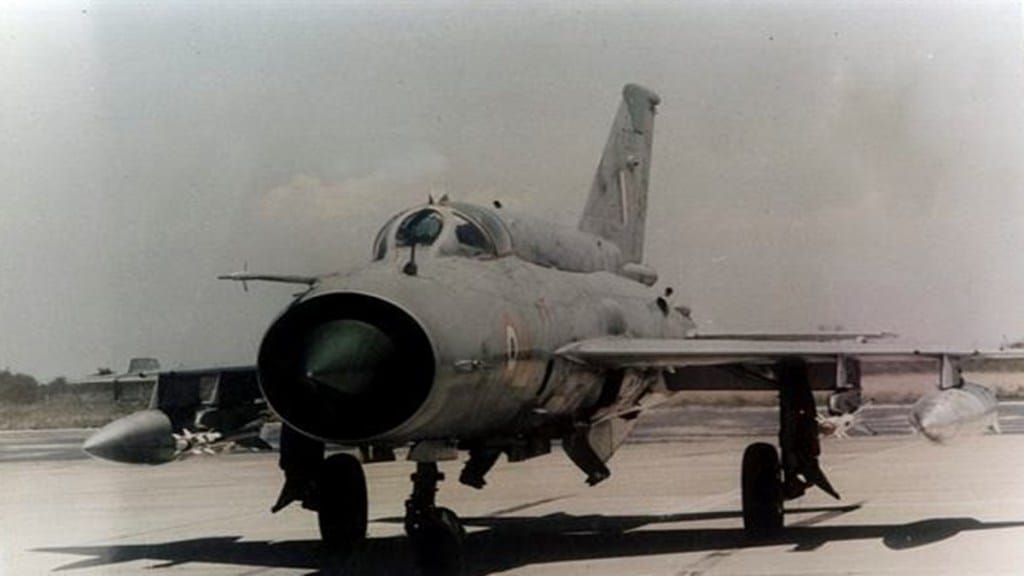The Indian Air Force (IAF) was called upon to provide air support with helicopters on May 11, 1999, followed by the Cabinet Committee on Security (CCS) granting permission on May 25 for attacks on infiltrators without crossing the Line of Control (LoC). Despite external pressure to use attack helicopters exclusively, the Chief of Air Staff (CAS) convinced the government that fighter action was necessary to create a suitable environment for the helicopters.
Operation Safedsagar, the air operations in Kargil, marked a milestone in military aviation history, employing air power in such challenging terrain. High altitude operations brought unique challenges, degrading aircraft and weapon performance due to atmospheric differences and variations in air temperature and density. This affected the accuracy of weapon delivery, demanding pinpoint precision in conditions where it was severely degraded.
According to the information available in the public domain, in the initial days, the loss of a fighter and an Mi-17 chopper to enemy action led to a change in tactics, withdrawing armed helicopters and using fighters with modified profiles. Target acquisition proved to be crucial, with the unfamiliar terrain making recognition difficult for pilots. However, once revised tactics were perfected, the accuracy of airstrikes significantly improved, inflicting severe damage on enemy personnel and equipment.
Airstrikes played a pivotal role in interdicting enemy supplies, strangling their logistics machine and causing severe shortages of rations, water, medicines, and ammunition, as intercepted enemy radio communications revealed. The airstrikes contributed significantly to enemy casualties, whereas the Pakistani Army’s defenses suffered far fewer losses.
Joint Army-Air Force planning and consultations were crucial for effective airstrikes. Coordinated planning between 15 Corps and the AOC, J&K, led to successful airstrikes preceding ground operations, illustrating the importance of collaborative efforts.
Airstrikes
Airstrikes also played a key role in ground operations, making a decisive difference in the conflict. The IAF’s precision airstrikes on Tiger Hill enabled Indian troops to make significant progress and forced the enemy to retreat.
Night operations demonstrated ingenuity and imagination, achieving excellent results with simple tools like stopwatches and GPS receivers. Air defense escorts and Combat Air Patrolling ensured total air superiority and deterred enemy fighters from interfering with the strike formations.
Operation Safedsagar proved to be a turning point in military aviation history. The IAF’s ability to conduct a limited war effectively shattered the notion that air power and all-out war were synonymous. This successful low-intensity conflict operation enhanced the deterrent effect of air power.
The immense experience gained from this operation will continue to shape the future of military aviation. Operation Safedsagar challenged conventional air power theories, necessitating the development of new operating paradigms to cope with the unique environment.
Operation Safedsagar stands as a paradigm-shifting air campaign that showcased the IAF’s adaptability, flexibility, and coordination with the Army. The effectiveness of airstrikes in crippling enemy supplies and impacting ground operations demonstrates the crucial role of air power in modern warfare. The lessons learned from this historic operation resonate within the military aviation community and serve as a testament to the IAF’s unwavering commitment to fulfilling its national objectives.

